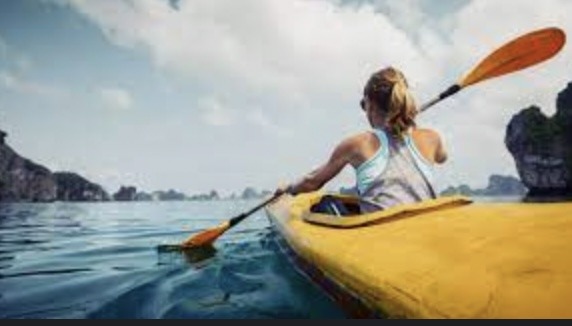Kayaking is a thrilling water sport that offers adventure, relaxation, and a great workout. Kayak excursions can take you to some of the world’s most stunning remote areas. However, as with any outdoor activity, there are risks involved. Following essential kayaking safety tips is important to stay safe on the water and enjoy your kayak adventure.
Picking the Suitable Kayak and Equipment
The first step in staying safe on the water is to choose the proper kayak and equipment. Make sure your kayak is appropriate for the kind of water you’ll be paddling in. For example, a recreational kayak is excellent for calm lakes and slow-moving rivers but unsuitable for rapids or open water. Similarly, a whitewater kayak is designed for fast-moving water and rapids, but it’s recommended for something other than flatwater or open water.
Additionally, you must have the right equipment to select the correct kayak. This includes a life jacket, paddle, and appropriate clothing. Always don a life jacket, even if you’re good at swimming. A paddle leash can also be helpful to prevent you from losing your paddle in rough water. Dress appropriately and wear shoes that won’t slip off in the water.
Understanding the Water Conditions
Before you go to the water, you must comprehend the conditions you’ll be facing. Check the weather prediction and be mindful of possible hazards, such as strong winds, currents, or waves. Evade areas with rapids or powerful currents unless you’re an experienced kayaker.
Paddling Techniques and Communication
Proper paddling techniques are essential for staying safe on the water. Ensure you know how to paddle efficiently and effectively and the proper way to hold your paddle. It’s also essential to communicate effectively with your fellow kayakers. Learn the essential hand signals for communication on the water, and stay alert and aware of your surroundings.
Avoiding Hazards
Several hazards can pose a risk to kayakers. These include rocks, logs, and other obstacles in the water. Always watch for potential hazards, and steer clear of them. In addition, be aware of potential hazards on shore, such as low-hanging branches or rocks that could cause you to capsize.
If you encounter a hazard, knowing how to react is essential. If you see a log or other obstacle in the water, try to steer around it. If you can’t avoid it, try to go over it. If you do capsize, stay calm and try to stay with your kayak. Hold onto your paddle and use it to help you stay afloat.
Dealing with Emergencies
Despite taking all necessary precautions, accidents can still happen. So it is always more reasonable to be equipped for emergencies. Always carry a whistle and a waterproof flashlight and have a first aid kit. If you do capsize, try to get back into your kayak quickly; if you can’t, try swimming to shore or signalling for help.
If someone in your group is injured or distressed, staying calm and acting quickly is important. Call for help if necessary, and be prepared to administer first aid. If someone is unconscious or not breathing, perform CPR if you’re trained.
Conclusion
Kayaking can be a safe and enjoyable way to explore the water and get some exercise. Following the safety tips mentioned above can minimise the risks of this thrilling kayak adventure and ensure that your kayaking adventures are enjoyable and safe. With the right equipment, knowledge, and skills, you can enjoy kayaking while staying safe and having fun.

